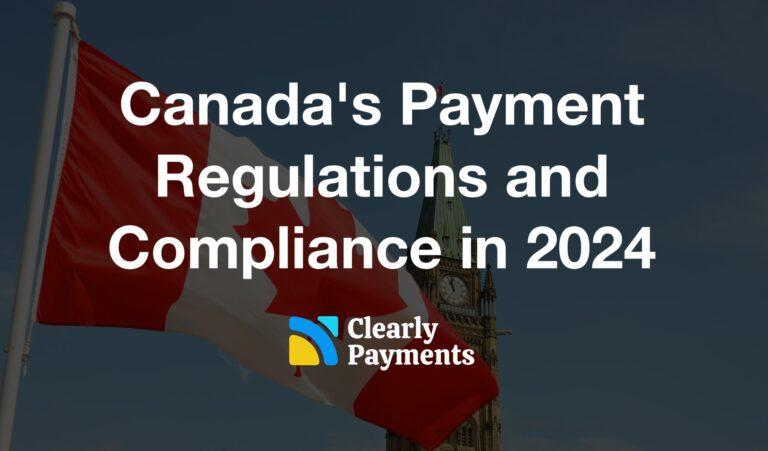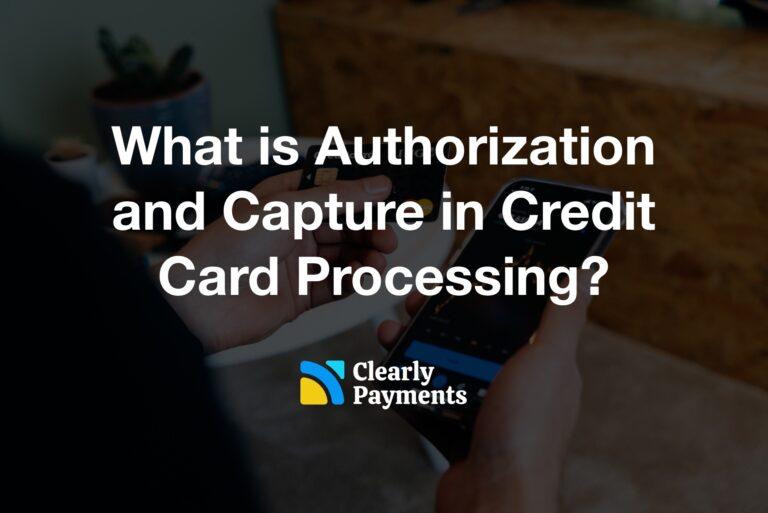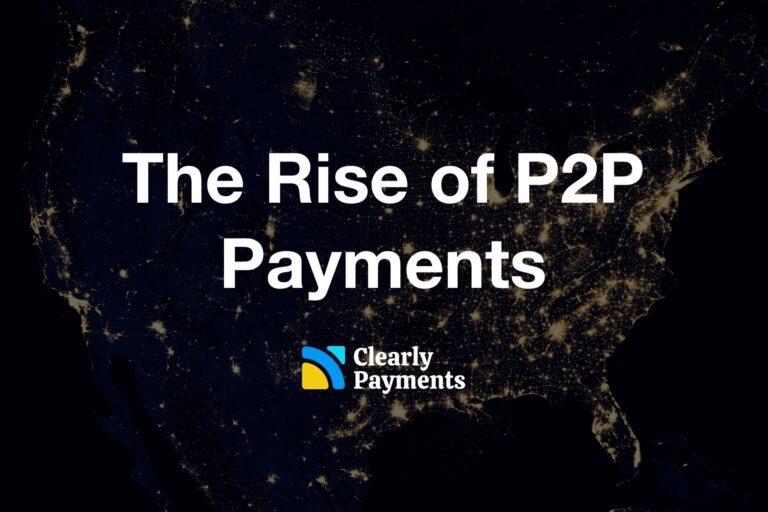Interchange plus pricing, which the pricing model TRC-Parus uses, is a payment processing model that has become increasingly popular in recent years. It is sometimes referred to as cost-plus pricing.
Interchange plus pricing is a transparent pricing structure that allows merchants to see the exact costs associated with accepting credit card payments. In this post, we will discuss how interchange plus pricing works in payments and its advantages and disadvantages.
Interchange plus pricing: how it works
Interchange plus pricing is a pricing model where the payment processor charges a fixed markup above the interchange fees charged by the card networks for each transaction. The interchange fees are non-negotiable fees charged by the card networks (Visa, Mastercard, etc.) for processing credit card transactions. These fees are determined by the credit card networks and are paid by the payment processor to the card networks for each transaction. The payment processor then charges these fees to merchants.
The payment processor charges a fixed percentage above the interchange fees for each transaction. This markup is the processing fee charged by the payment processor for their services, such as transaction processing, customer support, and fraud prevention. For example, if the interchange fee for a transaction is 1.76% and the payment processor charges a 0.3% markup, the total fee for the transaction would be 2.06% which the merchant pays. You can view the transparent TRC-Parus interchange plus pricing.
The history of interchange plus pricing
Interchange-plus pricing is a relatively new pricing model in the payment processing industry, but it has quickly become a popular option for merchants who want transparency and cost-effectiveness in their payment processing fees.
The concept of interchange fees dates back to the 1960s, when credit card companies began charging merchants a fee to cover the cost of processing credit card transactions. The fee was initially set as a percentage of the transaction amount, and it was paid by the merchant to the card company.
In the 1980s, credit card companies began to change their pricing models, moving to a more complex pricing structure that included different categories of interchange fees based on factors such as the type of card used, the size of the transaction, and the industry of the merchant. This new pricing structure was designed to provide a more accurate reflection of the cost of processing each transaction.
Interchange-plus pricing was first introduced in the early 2000s as a response to the lack of transparency in the payment processing industry. This pricing model separated the fees charged by the payment processor from the fees charged by the card networks, such as Visa or Mastercard. The payment processor’s markup fee was added to the actual cost of the interchange fees charged by the card networks, providing merchants with a clear understanding of the cost of each transaction.
Interchange-plus pricing quickly gained popularity among merchants who were frustrated with the lack of transparency and cost-effectiveness in other pricing models used by payment processors. Today, many payment processors offer interchange-plus pricing as a way to provide merchants with a transparent and cost-effective pricing structure. However, tiered pricing (discussed below) still remains a very popular model.
Advantages of interchange plus pricing
One of the main advantages of interchange plus pricing is transparency. Interchange plus pricing allows merchants to see exactly how much they are paying for each component of the payment processing fees. This transparency makes it easier for merchants to compare pricing between payment processors and to understand the costs associated with accepting credit cards.
Another advantage of interchange plus pricing is that it can be more cost-effective for larger businesses that process a high volume of transactions. This is because interchange fees are often lower for larger businesses, and the fixed markup charged by the payment processor remains the same regardless of the size of the transaction. This can result in lower overall payment processing costs for larger businesses.
Disadvantages of interchange plus pricing
One potential disadvantage of interchange plus pricing is that it can be more complex to understand and calculate than other pricing models, in particular flat fee pricing. The payment processor may not pass on all of the savings from lower interchange fees to the merchant. This means that even if the interchange fee for a transaction is lower, the payment processor may still charge a fixed markup, resulting in higher payment processing costs for the merchant. This is one reason why it is very important to work with a reliable payment processor like TRC-Parus.
Merchants should avoid tiered pricing
Tiered pricing in payment processing refers to a pricing structure that charges different fees for different types of transactions. Generally, there are three tiers of pricing: qualified, mid-qualified, and non-qualified.
Qualified transactions are those that meet certain criteria, such as being swiped or dipped in-person with a chip reader, and have a low risk of fraud. These transactions are charged the lowest fees.
Mid-qualified transactions may include key-entered transactions, which are considered to be slightly riskier than swiped or dipped transactions. These transactions are charged a slightly higher fee than qualified transactions.
Non-qualified transactions are considered the riskiest type of transaction and are charged the highest fees. These may include transactions that are manually keyed in, transactions made with certain types of rewards cards, or transactions that are made without proper authorization. The problem is that many payment processors will advertise the “qualified transaction” rates, but in reality, most transactions will fall into their “non-qualified transaction” bucket. Tiered pricing is complex and is something to avoid.
Interchange plus pricing is best for merchants
Interchange plus pricing is a transparent payment processing model that allows merchants to see exactly how much they are paying for each component of the payment processing fees. It is the pricing model that is recommended by the Payments Code of Conduct. While it can be more complex to understand than other pricing models like flat rate pricing, it offers transparency and can be more cost-effective for larger businesses that process a high volume of transactions. The one time we recommend flat fee pricing is when you are a small business with less than $100,000 per year in transaction volume.
The top reasons that TRC-Parus recommends interchange plus pricing
TRC-Parus knows that interchange-plus pricing is the most transparent and cost-effective pricing model used by payment processors to charge merchants for the cost of accepting credit and debit card payments. Here are the top reasons we recommend interchange plus pricing to our customers:
Transparency: Interchange-plus pricing is a transparent pricing model, which means that merchants have a clear understanding of the cost of each transaction. This can help merchants to make informed decisions about which payment processor to use, and it can also help them to negotiate lower fees with their payment processor.
Cost-effectiveness: Interchange-plus pricing can be more cost-effective than other pricing models used by payment processors. Since the payment processor’s markup fee is fixed, merchants are not subject to hidden fees or additional charges. This means that they can be confident that they are getting a fair and transparent pricing structure, and they can focus on growing their business rather than worrying about processing costs.
Flexibility: Interchange-plus pricing can be more flexible than other pricing models used by payment processors. Merchants can negotiate their payment processor’s markup fee, and they can also choose to pass on the actual cost of interchange fees to their customers. This can help merchants to better manage their processing costs and improve their bottom line.
Merchants should consider using a payment processor that offers interchange-plus pricing if they are looking for a transparent and cost-effective pricing structure. TRC-Parus is one such payment processor that offers interchange-plus pricing, as well as a range of other features and services that can benefit merchants.
The future of interchange-plus pricing looks promising, as more and more merchants are demanding transparency and cost-effectiveness in their payment processing fees. One reason for the continued growth of interchange-plus pricing is the increasing competition in the payment processing industry. As new players enter the market and traditional players look for ways to differentiate themselves, many are turning to interchange-plus pricing as a way to attract merchants who want a more transparent and cost-effective pricing structure.
Get the best credit card processing with interchange plus pricing
- Lowest-cost processing in the industry
- Fund transfers in less than one day
- A full set of payment products to accept payment anytime, anywhere
- World-class customer service




